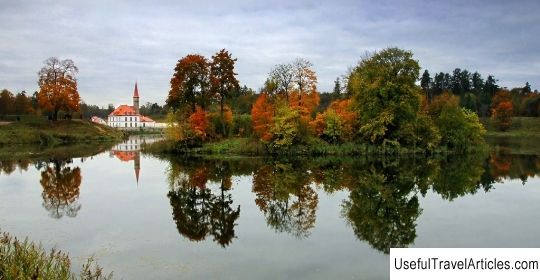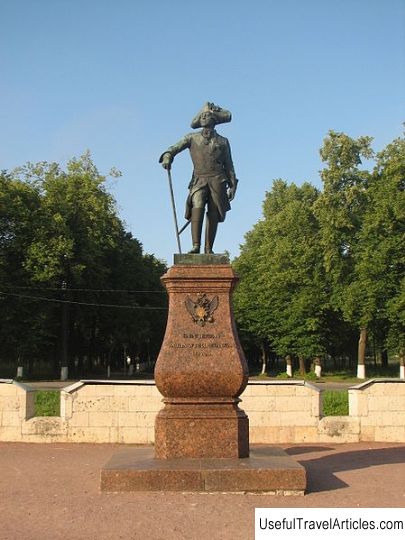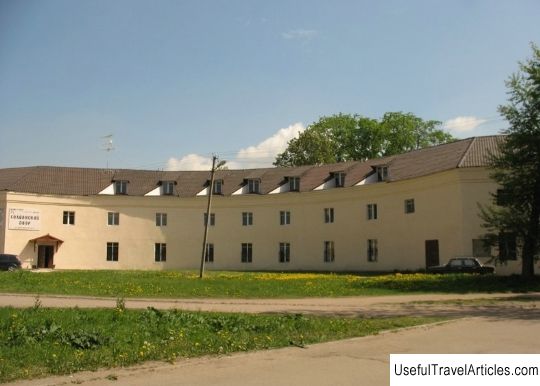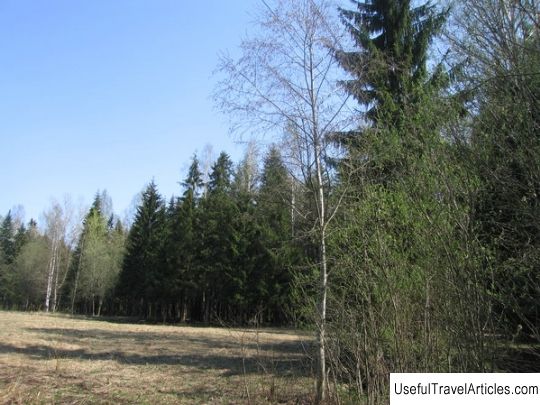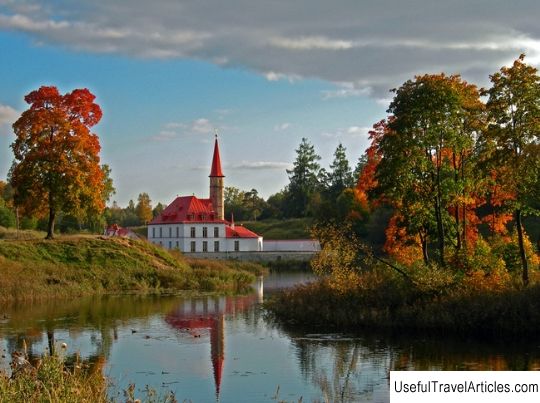Constable description and photo - Russia - Leningrad region: Gatchina
Rating: 8,1/10 (900 votes) 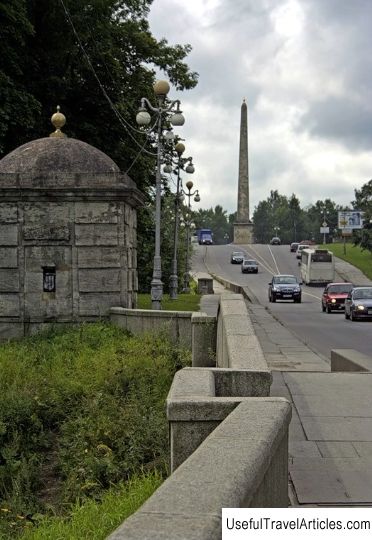
Constable description and photo - Russia - Leningrad region: Gatchina. Detailed information about the attraction. Description, photos and a map showing the nearest significant objects. Photo and descriptionThe constable is a square and obelisk in the city of Gatchina, Leningrad region. Located at the intersection of Krasnoarmeisky Prospekt and the main city street - Prospect 25 October. The creator of the ensemble was probably the Italian architect and decorator Vincenzo Brenna. The idea of creating the obelisk came from Emperor Paul I during his travels across Europe in 1782-1783. When Pavel Petrovich visited the Prince of Conde at his residence at Chantilly (near Paris), he was deeply impressed by a similar complex with an obelisk, which was erected in the name of the constable (from the French connetable - court position in royal France) of the Duke Anne de Montmorency. Construction of the ensemble began in 1793. Not far from the Great Gatchina Palace, a square was formed on the hill. It was surrounded by a parapet made of Pudost stone. In the center of the square there was a 32-meter obelisk decorated with Chernitsa stone. The construction activity was carried out by the builder and master mason Kiryan Plastinin. Work on the obelisk was completed by the end of October 1793. Also, a parapet was built, which has a length of more than 450 meters, and a guardhouse, which has not survived to our time. Around the obelisk, four stone bollards appeared, connected by chains, six artillery pieces were installed in the embrasures of the parapet, and an improvised clock was applied to the parapet itself, the arrow for the divisions of which was the shadow of the obelisk. After 3 years, the size of the square was increased, and it took on the current size. In 1881, on May 23, at 4.00 in the morning, lightning hit the 600-ton obelisk, and it was almost completely destroyed. The question arose about restoring the obelisk, a number of proposals were put forward: to shape the monument out of concrete, to fold it out of hewn stone without using metal parts, ending with a glass ball gilded from the inside, or to make a hollow metal ball inside with a metal ball at the top and a lightning rod. But as a result, it was decided to restore the obelisk in its original form. The restoration work lasted quite a long time - five years, because the Chernitsa quarries were in an abandoned state, and it was necessary to prepare them for the extraction of stone. The blocks to create the new obelisk were mined from a 6-meter depth; 687 stones with a total weight of about 640,000 kg were used for reconstruction. The restoration of the monument was completed in 1886. In 1904, the Konnetable was repaired, while the twelve upper rows of stone blocks were replaced, and in 1914 the parapet was repaired, while not Pudost stone, but sandstone was used. During the Great Patriotic War, the obelisk badly damaged, most of the parapet was destroyed, the pedestals at the base were broken. After Gatchina was captured by fascist troops, instead of the copper ball that crowned the monument, a swastika was erected, made at the Roshal plant, which was removed at the end of January 1944, a few days after the liberation of the city. Nowadays, the monument and the parapet have been restored, sometimes preventive restoration work is carried out.     We also recommend reading Belgrade synagogue (Sukkat Shalom Synagogue) description and photos - Serbia: Belgrade Topic: Constable description and photo - Russia - Leningrad region: Gatchina. |
